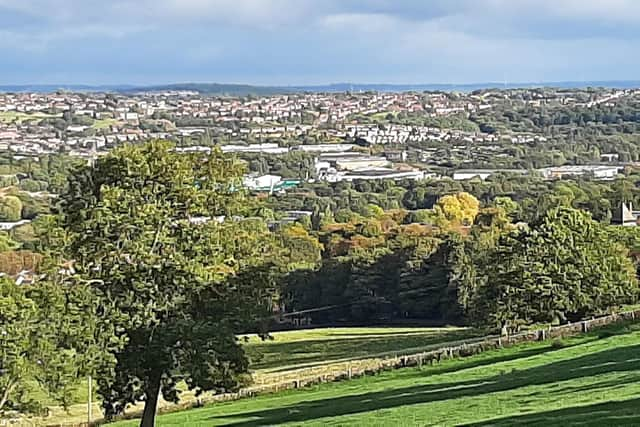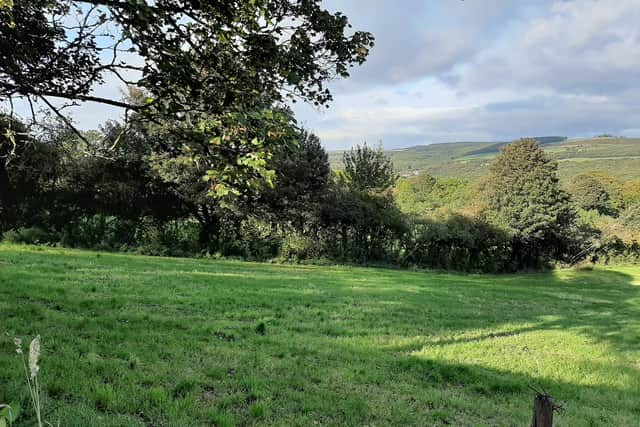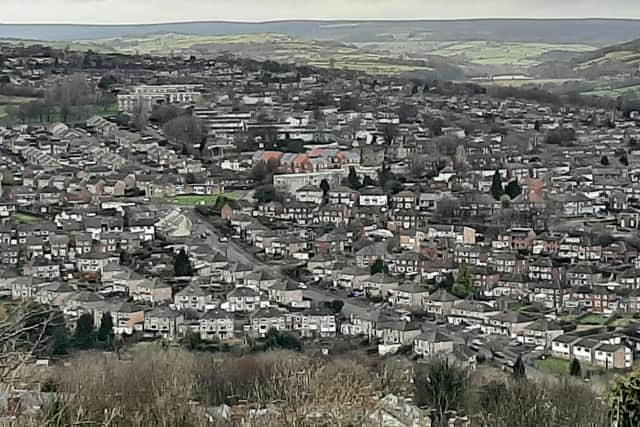Sheffield local plan: green belt should not be sacrificed for unrealistic housing targets say countryside charity
and live on Freeview channel 276
It comes as councillors make a crucial decision on the long-awaited local plan which will set out where future developments can go in the city.
Over the coming weeks, elected members will choose a spatial option out of five set out by council officers, one of which includes building 16,000 homes in the current green belt, affecting seven percent of it.


Advertisement
Hide AdAdvertisement
Hide AdThis option aims to meet the government’s housing supply target which last year increased by 35 percent.
Before this, the council planned to accommodate around 40,000 new homes up to 2039. But the government’s increase for the largest cities means Sheffield’s target is now more than 53,000 in the same time period.
A senior planning officer warned that using that much of the green belt would ‘likely cause serious harm to the environment and undermine Sheffield’s reputation as the Outdoor City’.
MORE PLANNING: Plans to redevelop former Hemsworth school site in Sheffield into OAP complex prompts 99 objections


Andy Tickle, head of campaigns at CPRE, said: “We don’t believe the Government’s new housing targets are a credible solution to the country’s urgent housing crisis or have been properly justified.
Advertisement
Hide AdAdvertisement
Hide Ad“The Government is also unlikely to properly fund councils to deliver the right homes in the right place, not helping with the additional costs of brownfield reclamation nor the provision of truly affordable new homes.”
CPRE said its preferred option is a strong but nuanced brownfield-first approach where local green space and nature recovery contributes to new, super-sustainable, low carbon urban neighbourhoods.


It said the re-use of a very small number of derelict brownfield sites in the green belt, in sustainable locations at the edge of urban areas may be a way forward to meet Sheffield’s realistic housing targets.
What was the council’s response to the new housing target?
Councillor Mazher Iqbal, co-operative executive member for development, culture and regeneration, said he has challenged the government’s unrealistic housing numbers and asking for a meeting to review it.
Advertisement
Hide AdAdvertisement
Hide AdThe authority commissioned modelling work by Iceni Planning to examine what target would mean in terms of population and jobs growth.
It suggested that Sheffield’s population would increase by almost 97,000 between now and 2038 – more than double the rate currently forecast by the latest national population projections – if the government’s target was accurate.
Iceni Planning concluded that it would not be necessary to deliver the number of homes suggested by the government and a more accurate estimate is around 1,000 homes per year less than that.
Feedback from a consultation on the local plan showed residents were also strongly against green belt development but with increasing housing need, pressure to increase employment opportunities and nowhere else in the region to build, the council faces a tough decision ahead.
Advertisement
Hide AdAdvertisement
Hide AdCouncillors on the climate change, economy and development transitional committee will each state their preferred local plan spatial option at a meeting on Thursday, January 13.
The vote share for all options and the option that receives the majority vote will be provided as advice to the co-operative executive as the committee’s preference.
